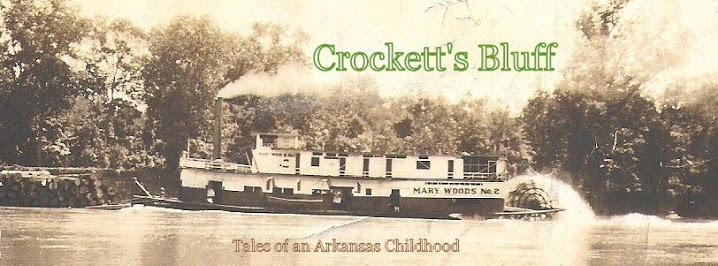Obviously among the oldest images on this site, these are also courtesy of James Prange, having been passed along to him by Bob Moody.
This image pictures members of the Prange family, a loaded hay wagon, a buggy, and a most impressive windmill whose blades are blurred and operating. James notes that on the back of this print is inscribed "Lorenz Farm, Crocketts Bluff. Wm H. Prange, CF and sons." Though identification is difficult, he notes that the man standing by the buggy at the right is Chris Prange, and the man in the middle is William Henry Prange. The small boy sitting on the bales, he speculates is his grandfather Adolph. The two older boys are, he speculates, Herman and William John Prange. The very small boy standing to the right of William Henry, he thinks is Walter Prange and the woman holding the baby may be Anna Prange, wife of William Henry. There are also two young girls, one feeding the chickens and another standing near the white horse whose face is blurred, unable apparently to remain relative still for the photographer. Unfortunately, the Lorenz family is a bit of a mystery to us all.
 |
| "Prange hay bailing operation, Crockett's Bluff, Arkansas (Inscription on the back) |
Fourth Annual Northeast Animal-Power Field Days at Tunbridge,Vermont, Oct. 18 2010
 |
| "The best of the remaining photos of the Prange Sawmill" |




